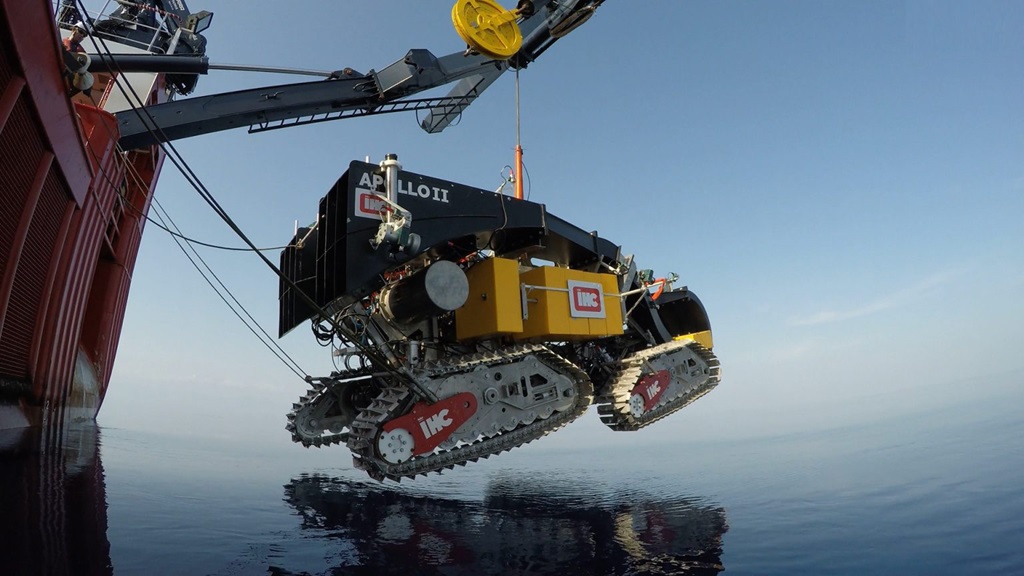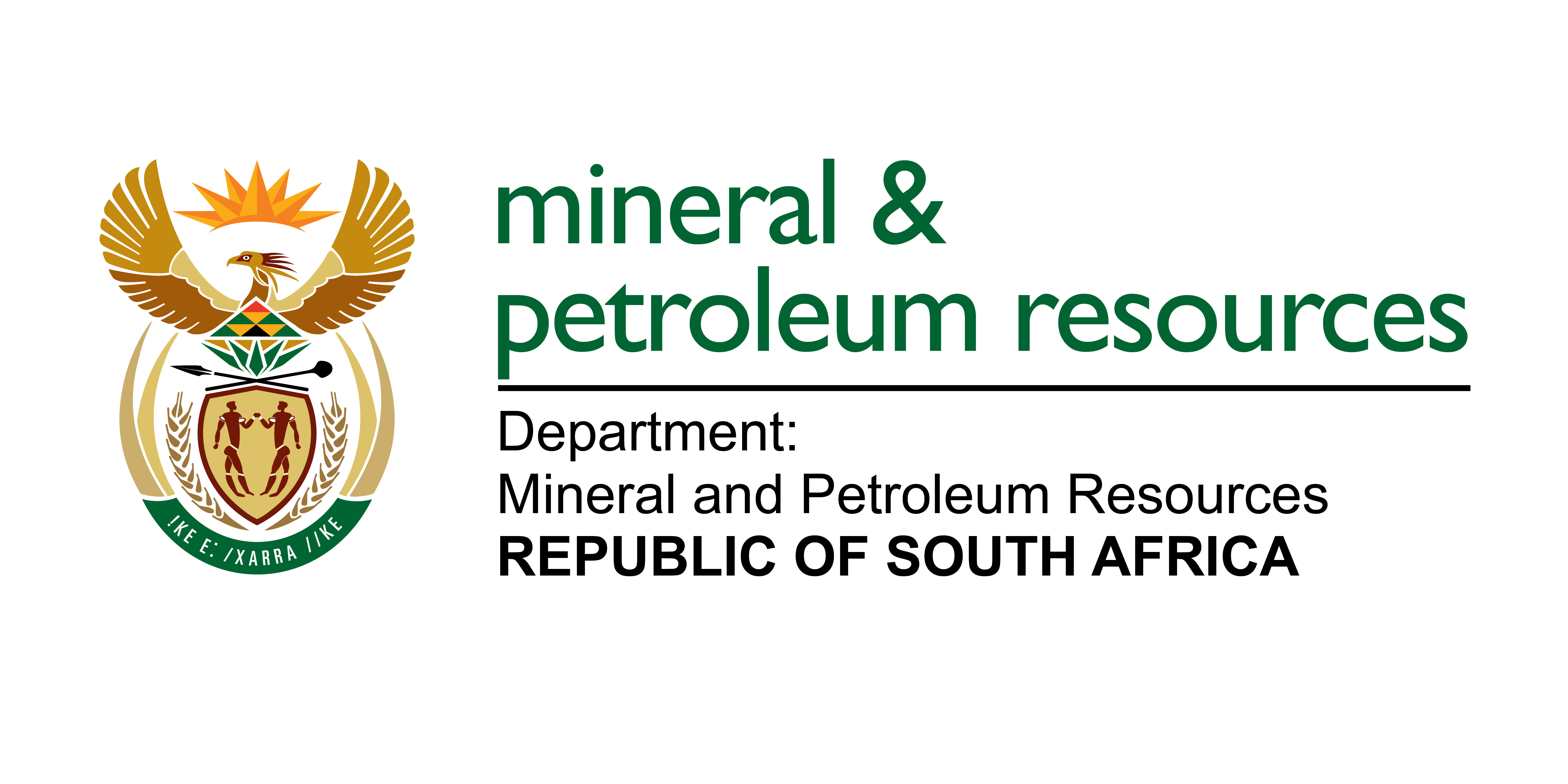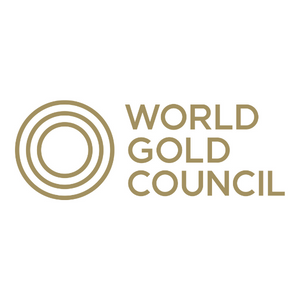In recent months, copper prices have experienced a sharp decline, dragging the mining sector into one of the worst-performing industries amid a broader market selloff.
This downturn is the result of a confluence of geopolitical, economic, and sector-specific factors. As a key industrial metal used in construction, electronics, and renewable energy, copper is often seen as a barometer of global economic health. Its fall in value signals not just a drop in commodity prices, but also deeper concerns about global growth, trade disruptions, and structural shifts in major economies, particularly China.
One of the most immediate causes behind the copper price plunge is the escalation of global trade tensions. U.S. President Donald Trump's decision to impose sweeping tariffs on foreign goods has rattled global markets. These protectionist policies have led to fears of a global economic slowdown or even a recession. Market uncertainty has driven investors away from riskier assets like commodities, including copper, and has intensified volatility in mining stocks. The broader selloff in equity markets has exacerbated this trend, causing capital to flee from sectors most sensitive to economic cycles.
Adding to this downward pressure are persistent concerns over China’s economic trajectory. China is the world’s largest consumer of copper, accounting for more than half of global demand. In response to a slowing economy, the Chinese government has introduced a series of stimulus measures aimed at stabilizing growth. However, confidence in these measures is waning, especially as China struggles with a sluggish property market and ongoing deflationary pressures. Forecasts for China’s GDP growth in 2024 have been revised to 4.8%, falling short of the government’s 5% target. This has raised alarms over reduced demand for copper-intensive sectors like infrastructure, construction, and manufacturing.
Another critical factor is the reassessment of copper’s price trajectory by major financial institutions. Goldman Sachs, among others, recently lowered its copper price forecast, citing increased inventories in Chinese warehouses and weakness in the nation’s real estate sector. Such downward revisions have a self-reinforcing effect: they not only reflect market pessimism but also contribute to it by discouraging investor interest and prompting further selloffs in mining equities. Shares of major copper producers have subsequently fallen, deepening the woes of the mining sector.
Compounding the demand-side issues are supply-side challenges. Operational difficulties, rising costs, and environmental concerns have led several mining giants to reassess their production capacities. Glencore, one of the world’s largest mining companies, has indicated it may shut down its Mount Isa copper smelter and Townsville refinery in Australia, a move that could result in the loss of up to 600 jobs. These potential closures highlight the structural issues facing the mining industry, including aging infrastructure, regulatory hurdles, and declining ore quality. While supply constraints might ordinarily support prices, in this case, they underscore the broader instability and uncertainty plaguing the sector.
RELATED: Ivanhoe Mines commences giant copper exploration programme
Taken together, these factors—trade policy uncertainty, weakening Chinese demand, bearish market sentiment, and looming supply disruptions—have created a perfect storm for copper and the mining sector at large. The situation is further complicated by the fact that copper plays a pivotal role in the global transition to green energy. While long-term fundamentals for copper remain strong, particularly due to its use in electric vehicles and renewable energy infrastructure, short-term market dynamics are overwhelming these structural positives.
In conclusion, the plunge in copper prices is a multifaceted issue reflecting broader anxieties about global economic stability, policy direction, and sector-specific headwinds. While recovery may come with improved trade relations and renewed confidence in China’s growth, the mining sector must navigate a challenging landscape in the near term. Strategic adaptations, cost management, and investment in innovation will be essential for mining companies seeking resilience in a volatile market environment.


.jpg?ext=.jpg)










-Logo_CMYK_1.jpg?width=1000&height=500&ext=.jpg)












_mi25-weblogo.png?ext=.png)

_1.png?ext=.png)





























_mi25-weblogo.png?ext=.png)



